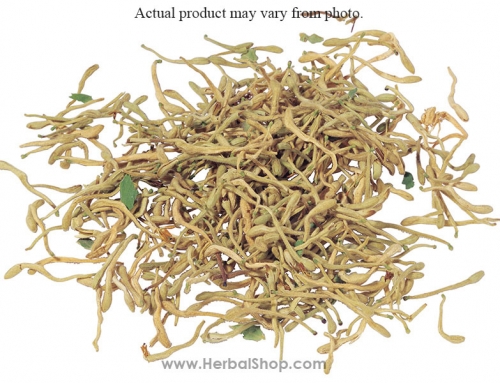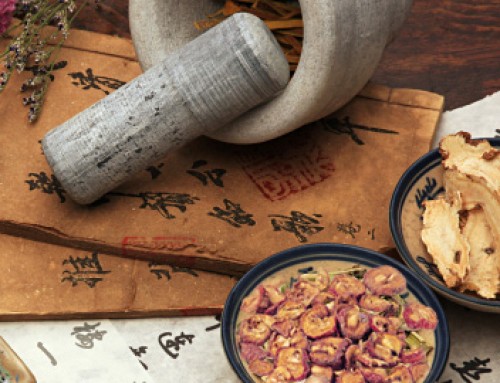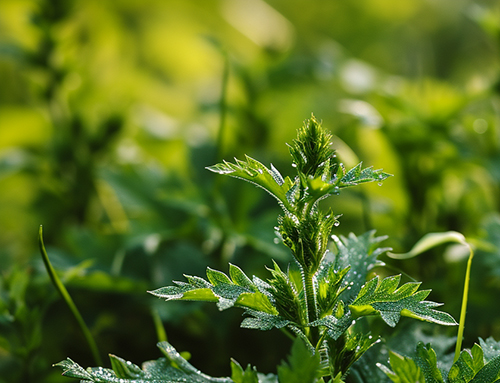狗脊
Cibot rhizome (Gouji) 
Pharmaceutical Name: Rhizoma Cibotii
Botanical Name: Cibotium barometz (L.) J. Sm.
Common Name: Cibot rhizome, Chain fern
Source of Earliest Record: Shennong Bencao Jing
Part Used: The rhizomes are dug in autumn. After the fibrous roots have been removed, the rhizomes are soaked in wine for one day, steamed, cut into slices and dried in the sun.
Natural Properties & Taste: Bitter, sweet and warm
Meridians: Liver and kidney
Therapeutic Effects:
1. To tonify liver and kidneys;
2. To strengthen bones and tendons;
3. To expel wind and dampness
Indications & Combinations:
1. Deficiency of the liver and kidneys manifested as soreness and pain in the lower back and knees. Cibot rhizome (Gouji) is used with Eucommia bark (Duzhong), Teasel root (Xuduan) and Cyathula root (Niuxi).
2. Deficient liver and kidneys accompanied by invasion of wind and dampness manifested as soreness and pain in the lower back and knees and motor impairment. Cibot rhizome (Gouji) is used with Cinnamon twigs (Guizhi), Large-leaf gentian root (Qinjiao) and Futokadsura stem (Haifengteng).
Dosage: 10-15 g
Cautions & Contraindications: This herb is contraindicated in cases with dysuria, scanty, yellow or brown urine, bitter taste in the mouth or dryness of the tongue.






